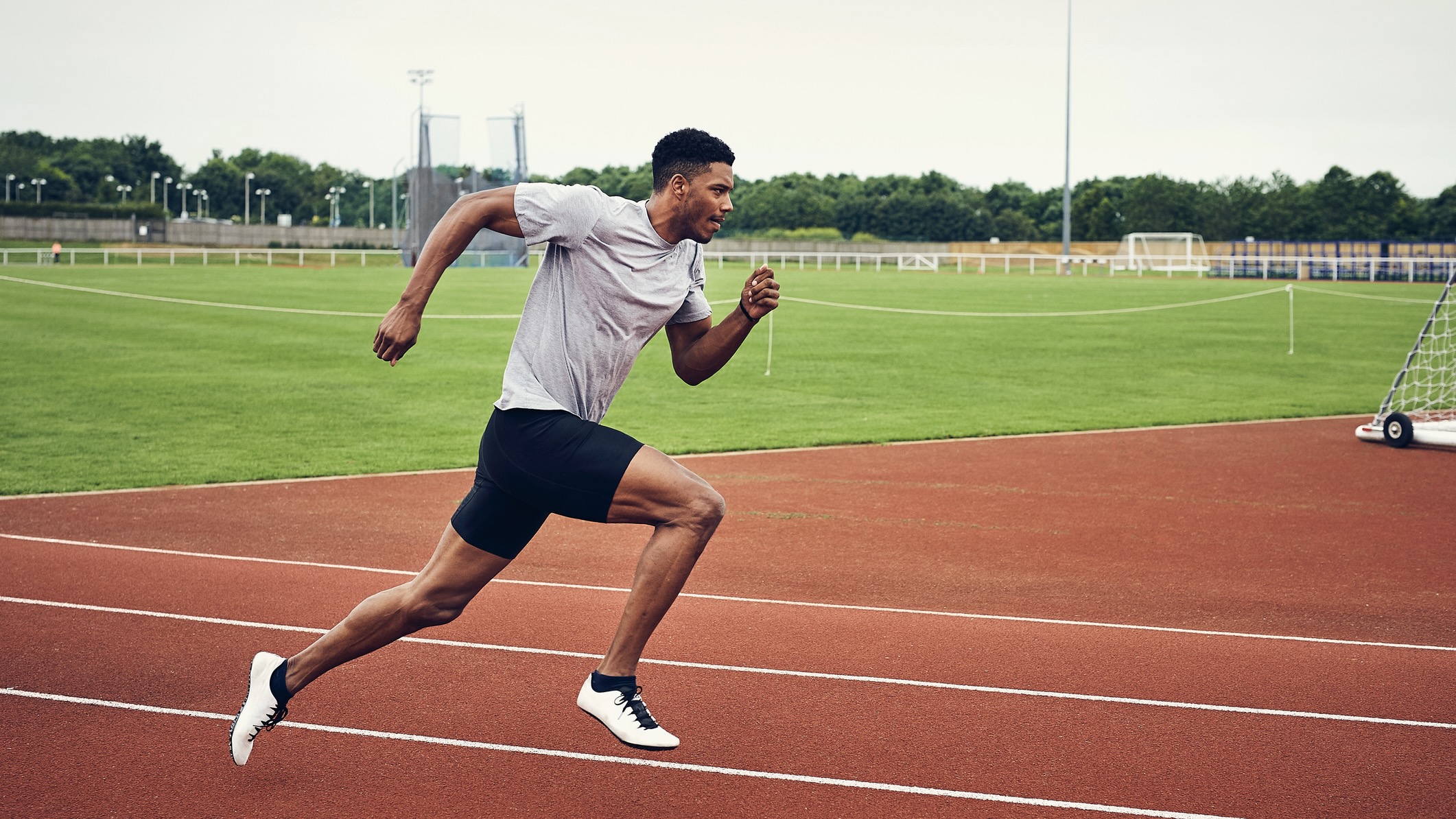What is rate of perceived exertion?
Discover more about the commonly used training phrase – and why it's key to running faster

If you are a runner and you have taken part in any kind of training session or coaching, you will probably have heard of 'perceived exertion' as a way of determining how hard you worked during a workout.
The term was coined by Swedish researcher Gunnar Borg, of Stockholm University. Borg first introduced the concept in the 1950s, and his rating of perceived exertion scale is now used by coaches and athletes around the world
Rate of perceived exertion (also known as rating of perceived exertion or RPE) is a useful tool for assessing the intensity of physical activity.
While your best GPS watch to measure speed and pace, this can’t tell you how you’re feeling. For example, there are days when we have different levels of motivation, willpower, or fatigue. RPE allows you to give a subjective assessment of your efforts.

How to measure RPE
Rate of perceived exertion is a subjective measure, because it is what a runner perceives their exertion to be. In other words, perceived exertion is how hard you feel like your body is working. This is different from running power, which us an objective measurement of power output (see our our guide to running power and how it can benefit runners for more details).
Borg's rating of perceived exertion scale is based on the physical sensations you might feel during a workout, including increased heart rate, harder breathing, sweating and fatigue.
After a workout, you rate your effort on a scale from six to 20. A rating of six feels like no exertion at all, while 20 is maximal exertion. Sports coaches and professionals generally agree that ratings between 12 to 14 on the Borg scale represent moderate exertion.
Advnture Newsletter
All the latest inspiration, tips and guides to help you plan your next Advnture!
There is a strong correlation between rate of perceived exertion and your actual heart rate during physical activity, and Borg believed that a person’s exertion rating could provide a fairly good estimate of actual heart rate during a workout.
You can use RPE in your own training by monitoring how hard your body is working to help you to adjust the intensity of your running by speeding up or slowing down your movements. Many coaches will also use RPE in training sessions.
Using RPE stops you being too prescriptive about your running pace. Some running days will feel better or worse than others, and it can be counterproductive to always be trying to hit a set pace.
It's a way of listening to your body and understanding how it feels, then adjusting your perceived effort to suit each training day. RPE, as part of an overall training plan, can be a very useful way to build the blocks to becoming a better and faster runner.
- Best trail running shoes: footwear to tackle the most rugged routes

Fiona Russell is a widely published adventure journalist and blogger, better known as Fiona Outdoors. She is based in Scotland and is an all-round outdoors enthusiast with favorite activities including trail running, mountain walking, mountain biking, road cycling, triathlon and skiing (both downhill and backcountry). Aside from her own adventures, Fiona's biggest aim is to inspire others to enjoy getting outside and exploring, especially through her writing. She is also rarely seen without a running skort! Find out more at Fiona Outdoors.
